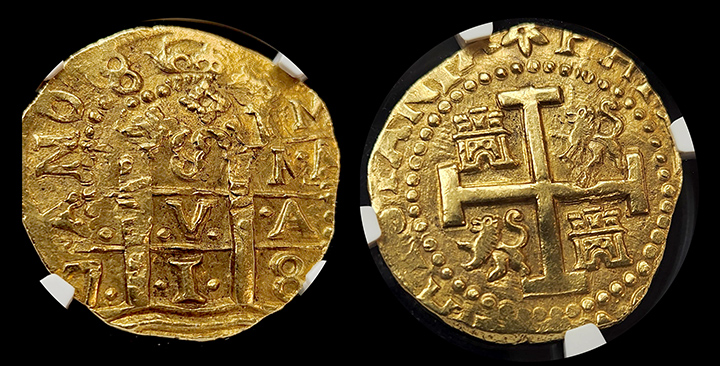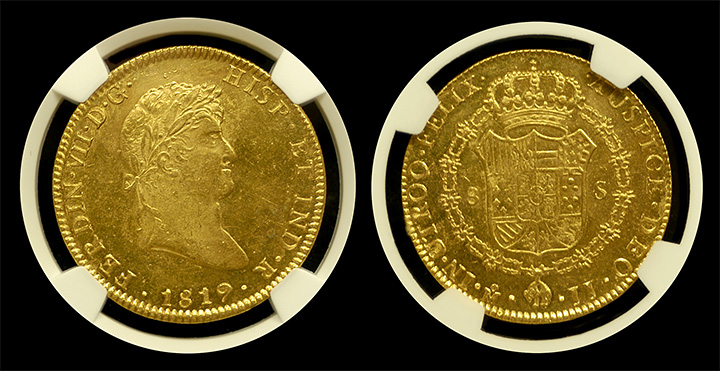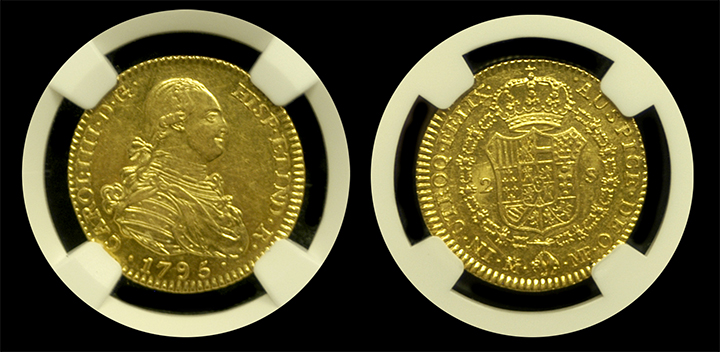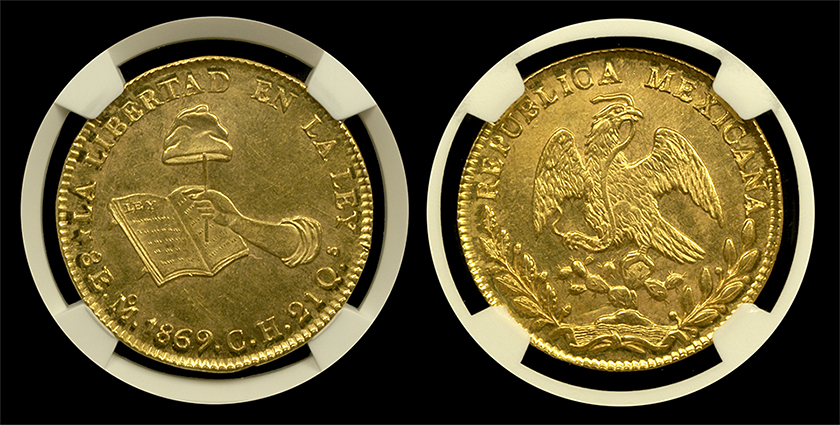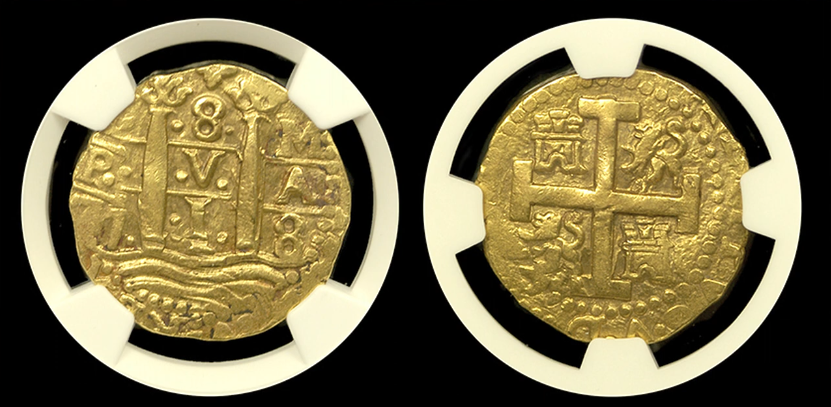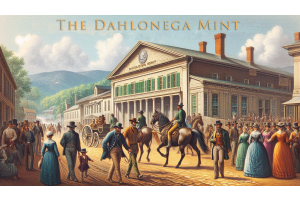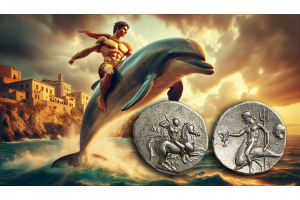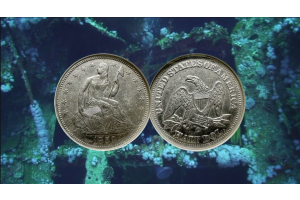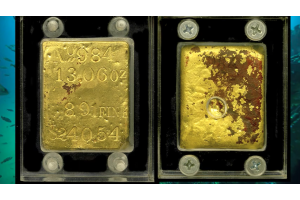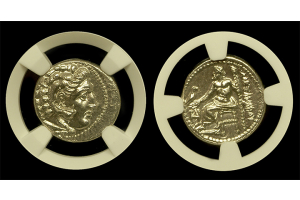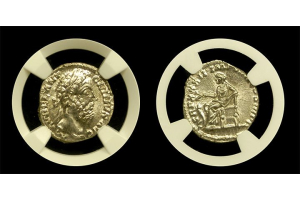8 Escudo
- Posted: July 09, 2024Read more »
The historic 1715 Fleet Shipwreck holds legendary status among maritime disasters. This catastrophe occurred on the eastern coast of Florida on July 31, 1715, when Spanish ships laden with treasure met their end.
The Fleet's Departure
The Spanish fleet set sail from Havana, Cuba, aiming to return to Spain. Altogether, the ships carried a vast fortune of gold, silver, and precious gems. In fact, the treasure's estimated worth was millions of pesos, and the ships formed a crucial part of Spain's colonial wealth.
The Storm That Changed History
A violent hurricane struck the fleet off the coast of Florida without warning. The ships struggled against fierce winds and waves, but the fleet
- Posted: July 27, 2023Read more »
In the early 19th century, Mexico stood at a crucial juncture in its history. Consequently, 1819 was a pivotal year, the nation was grappling with the aftermath of the Mexican War of Independence. It had concluded just three years prior. As the dust settled and Mexico sought to forge a new path. However, it faced an array of challenges and opportunities that would shape its destiny.
A Hard-Won Independence
One of the significant aspects of Mexico in 1819 was the emergence of King Ferdinand VII of Spain, whose reign carried immense significance for the country. Undoubtedly, Ferdinand's rule was marked by his dedication to restoring order and stability in the recently independent Mexico. Moreover, his image on the 1819 Mexico 8 Escudo coin, facing right with a crown of leaves, symbolized his authority and the hope he brought to a nation seeking stability
- Posted: July 25, 2022Read more »
A common question we get is "What is a Spanish Escudo coin?" The Escudo was and is Spanish currency. Escudos comes in both gold and silver. Interestingly, the first Escudo gold coins were introduced in 1535/1537. They were issued in denominations of 1⁄2, 1, 2, 4 and 8 Escudos. In addition, the 2 Escudos coins were commonly known as Doubloons and worth 16 reales.
Gold Escudos were issued until 1833. They are beautiful coins with great attention to detail. As a result, these gold coins from Spain in the 1790’s have remarkable eye appeal. Today's coin collectors and investors
- Posted: May 13, 2022Read more »
Mexico first declared Independence from Spain in 1810. To clarify, this happened on September 16th, 1810. Before then this area was more commonly referred to as New Spain. The declaration of Independence led to a 11 year war against Spain. Unfortunately, it wasn't until August 24, 1821 that Spain finally recognized Mexico's Independence.
This was the dawn of the once New Spain turning into the new Mexican Empire. Gone were the days of the Spanish Catholic monarchy. A new federal republic was finally declare and by 1924 they codified Mexico's new Constitution. It is important to note, there were some reattempts by Spain to re-concur New Spain. However, by 1836 Isabella II and Spain finally fully recognized Mexico's independence.
- Posted: December 17, 2021Read more »
Spanish Colonial gold coins salvaged from the 1715 Fleet off the east coast of Florida are called Gold Cobs. Gold Cobs are the original Doubloons. Therefore, the Doubloon is a solid gold coin. Even though the Spanish called their gold coins Escudos, Doubloon became the nickname for a two Escudo coin. In addition, the word Doubloon is actually taken from pirates calling these two Escudos "double-one," which turned into “Doubloon.”
As commerce increased between North America and South America so did the need for coins. Spanish Gold Cobs were minted from the early 1600s to the early 1800s. They were minted in Bolivia, Chile, Columbia, Guatemala, Mexico, and Peru and were circulated as far




